Report: Water, Temperature Changes Not Central Drivers of Sub-Sahara Africa Conflicts
Rainfall is not a strong motivator of violence, but higher temperatures are.
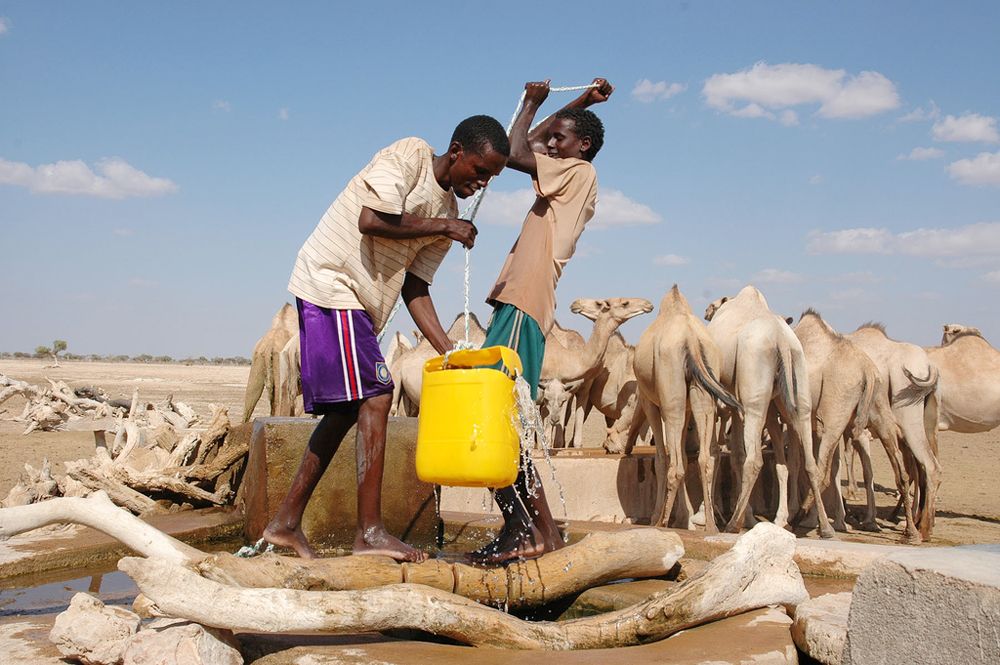
By Codi Kozacek
Circle of Blue
As forecasts for global climate change become increasingly dire, a growing body of research is focused on untangling the links between human violence and events like heatwaves, droughts, and floods.
Organizations including the International Panel on Climate Change and the United States Department of Defense have identified increased conflict as one of the most troubling potential consequences of climate change. Researchers in the field — though largely in agreement that climate disturbances will have some effect on levels of conflict — differ markedly in their views of what patterns, if any, the data show.
For instance, a new study published in the Proceedings of the National Academy of Sciences says that droughts, floods, and other changes in rainfall have little to do with predicting whether or not conflicts will occur in sub-Saharan Africa, while higher temperatures do increase violence. The authors suggest that climate change will play a modest role in creating future conflicts when compared to other factors like poverty and governance.
–John O’Loughlin, Professor of Geography
University of Colorado
“The big take away is that some researchers believe that this is going to be a major driver of conflict in the future as temperatures change,” said John O’Loughlin, a professor of Geography at the University of Colorado and the lead author of the PNAS study, in an interview with Circle of Blue. “Our approach is more modest. Yes, high temperatures will likely increase conflict, but the effect is quite small. There are other major factors.”
O’Loughlin added that climate change should not be overlooked in discussions of conflict, but the focus on conflict and security threats should not overshadow the need to help communities adapt to deteriorating environmental conditions. He and other researchers also emphasized the need to understand what mechanisms translate climate changes into either violence or cooperation on the ground — findings that could have important implications for adaptation and conflict management.
“It is important to get this question right, because it helps us understand how climatic events today, and climatic changes tomorrow, will affect societies around the world. If climatic changes generate violence, that may make us want to try harder to avoid climate changes in the future,” Solomon Hsiang, a professor of public policy at the University of California, Berkley, who studies the link between climate and conflict, wrote in an email to Circle of Blue. “Similarly, if climatic events today are affecting violence today, then we can use that information to plan for different climatic events so that we can manage their social impact more effectively and reduce their harm on society.”
Temperature More Important Than Water in Conflicts
The PNAS study examined conflicts in sub-Saharan Africa between 1980 and 2012, comparing them to changes in climate, as well as to socioeconomic and political factors. The authors used two separate models to assess the effects of both precipitation changes and temperature changes. The first model looked at the region as a whole. It showed that extremely high temperatures increased the number of conflicts slightly, while dry conditions decreased the number of conflicts. The second model compared results over time within certain smaller geographic areas, and showed that levels of violence increased 10.7 percent as an area warmed one standard deviation from its average temperature. Changes in precipitation did not significantly increase or decrease the occurrence of conflict. O’Loughlin explained that the results of the two models differed due to the methods and controls used in each, with the first model being a more restricted measure of climate change effects.
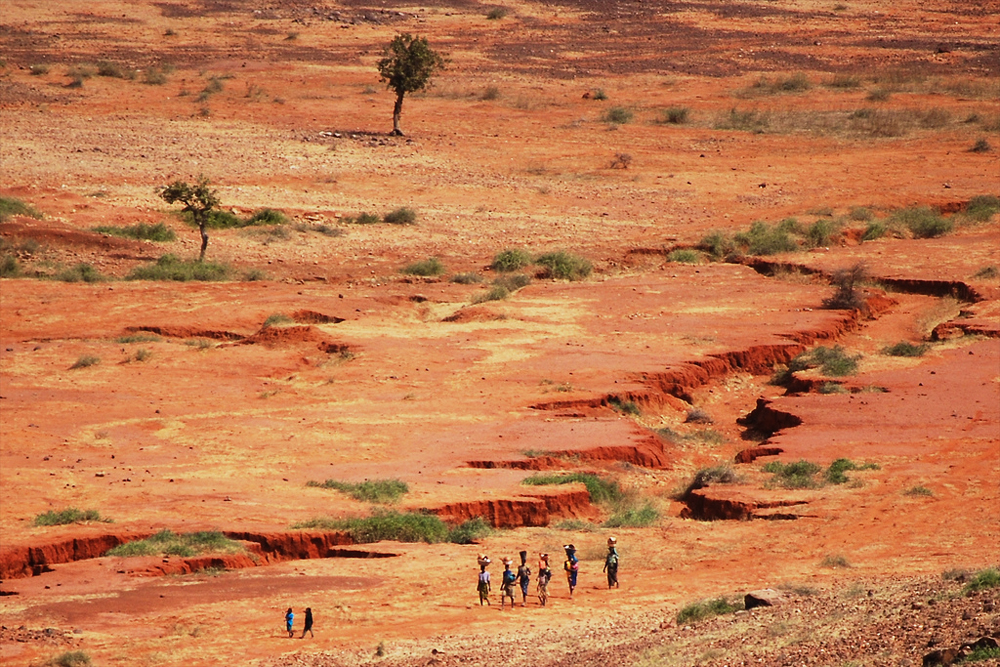
O’Louhglin said the findings are in line with previous research that he and his colleagues have completed on the topic, though initially they predicted that water scarcity would play a larger role in causing conflict.
“You would think that drought and negative precipitation would increase conflict because there is less grazing for animals, less water for agriculture, and that might increase the risk of conflict,” he said. “But the results for precipitation are very, very inconsistent. The guys who talk about the effects of climate change have essentially been forced to say, ‘We can’t find any precipitation effects. The only effect is from higher temperatures.’”
In addition, the results showed that changes in temperature and precipitation were linked only to certain types of violence, and only in certain geographic regions.
For example, higher temperatures are connected primarily with violence like cattle raiding and land seizures, not wars, and the link was only statistically significant in the Sahel region. “Extremely Dry” conditions are related to these types of violence as well as riots, while merely “Dry” conditions were shown to decrease levels of armed conflict.
Researchers Debate Climate-Conflict Questions
The distinction between types of violence is an important piece that has been missing from some previous studies in the field, including one published by Hsiang and Stanford University researcher Marshall Burke last September in Science, according to O’Loughlin. That paper, which analyzed 60 other studies, found that violence between individuals and violence between groups of people increased 4 percent and 14 percent, respectively, for each standard-deviation-change toward warmer temperatures or more extreme rainfall . Researchers around the world have since engaged in a lively debate over the study’s results and methods.
Twenty-six scientists, including O’Loughlin, expressed their concerns about the study in a separate Climatic Change article in October.
–Solomon Hsiang, Professor of Public Policy
University of California, Berkeley
“There are legitimate reasons to be worried about consequences of future climate change. Recent claims of a sweeping link between adverse weather and organized armed conflict are unsubstantiated, however,” Halvard Buhaug, the lead author of the response and a research professor at the Oslo-based Peace Research Institute Oslo, wrote on his personal website. “Yet, lack of a general and direct climate effect does not preclude the possibility of a more subtle relationship that only plays out under certain conditions. Disentangling these indirect pathways is a key challenge for future research.”
Hsiang said that attempts to demonstrate flaws in his study’s approach are full of mistakes and distortions.
“Right now, we are in a position similar to public health researchers in the 1930s who could see clearly in the data that smoking tobacco was linked to lung cancer,” Hsiang wrote to Circle of Blue. “Those researchers didn’t know the precise mechanism at play, but acting on this knowledge early helped them design policies that ended up saving thousands of lives.”
Moving Discussions of Climate and Conflict to Communities
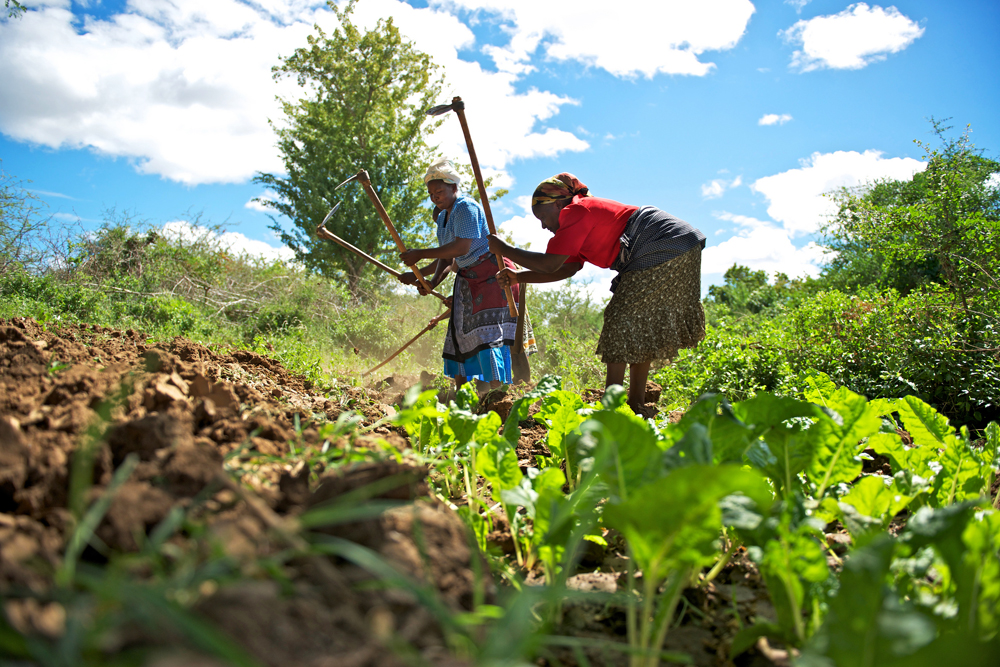
On-the-ground assessments of community responses to climate change will help researchers hone in on what drives conflict or cooperation, according to O’Loughlin.
“It is time to move away from the big statistical studies and look more at the personal experiences of people living in that environment,” he told Circle of Blue. “It requires different kinds of analysis and different kinds of data, and that’s what we are moving toward.”
O’Loughlin’s team is working in Kenya with support from the National Science Foundation to conduct an extensive survey of attitudes toward climate change and violence.
“The preliminary results from Kenya show that people are not at all supportive of violence in any way, shape, or form to address what they see as dramatically deteriorating conditions,” he said. “People support negotiations, discussions, and intercommunity dialogue about resources.”
–Aaron Wolf, Professor of Geography
Oregon State University
The possibility that climate change will increase cooperation around resources is something that should not be overlooked, according to Aaron Wolf, a leading researcher on transboundary water conflict at Oregon State University.
“All the research looking only at the crisis potential is missing at least half of the story,” Wolf told Circle of Blue.
Both O’Loughlin and Wolf also emphasized that poor social and environmental conditions — such as water scarcity — are already major problems, even if they do not exhibit strong connections to violence.
“Just because it has no statistical significance doesn’t mean we are out of the woods,” Wolf said. “It is clear that conflict often has a resource component, and scarcity doesn’t help that, it exacerbates it. Second, people are suffering and dying right now, regardless — we don’t have to wait for the future for people to be in deep crisis over scarce resources.”
A news correspondent for Circle of Blue based out of Hawaii. She writes The Stream, Circle of Blue’s daily digest of international water news trends. Her interests include food security, ecology and the Great Lakes.
Contact Codi Kozacek

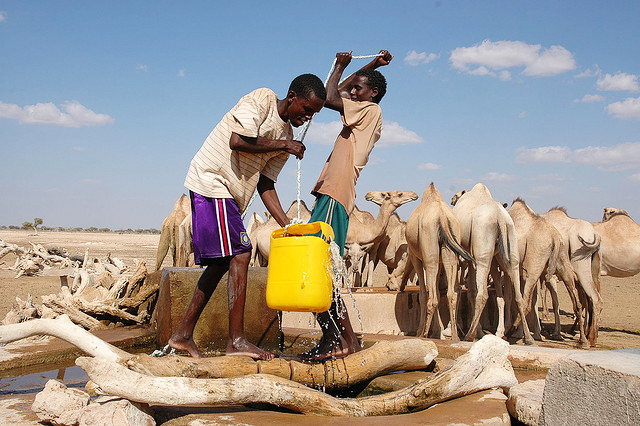
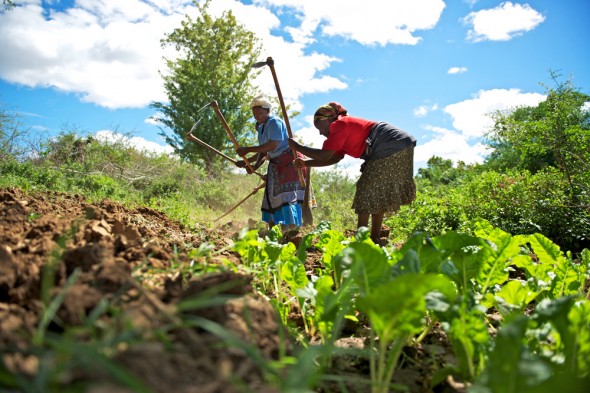

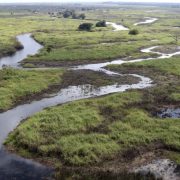
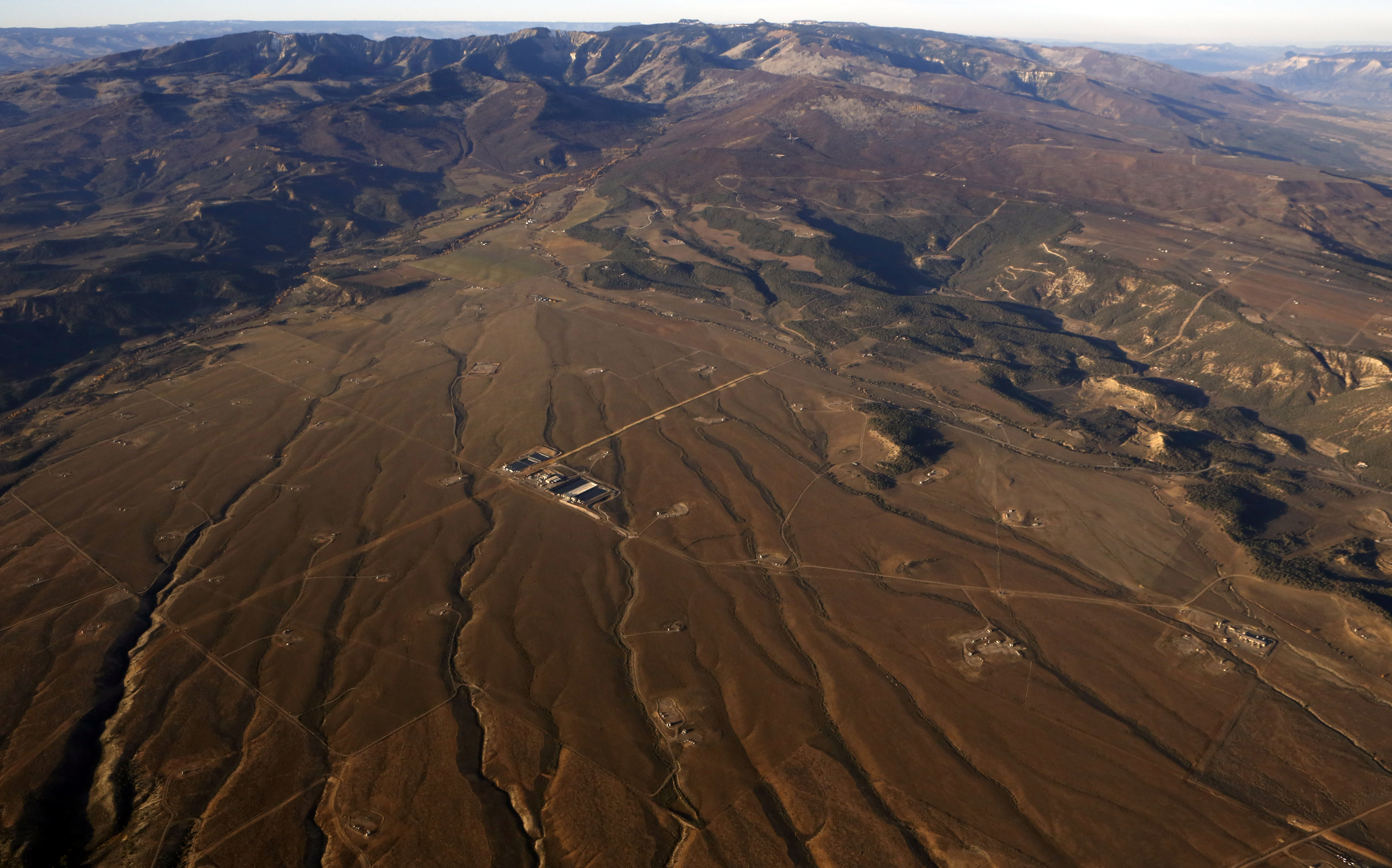

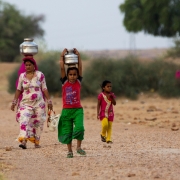

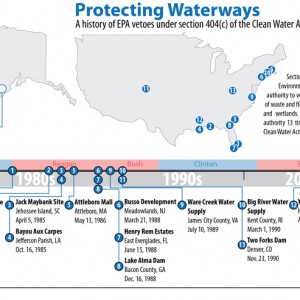

Leave a Reply
Want to join the discussion?Feel free to contribute!